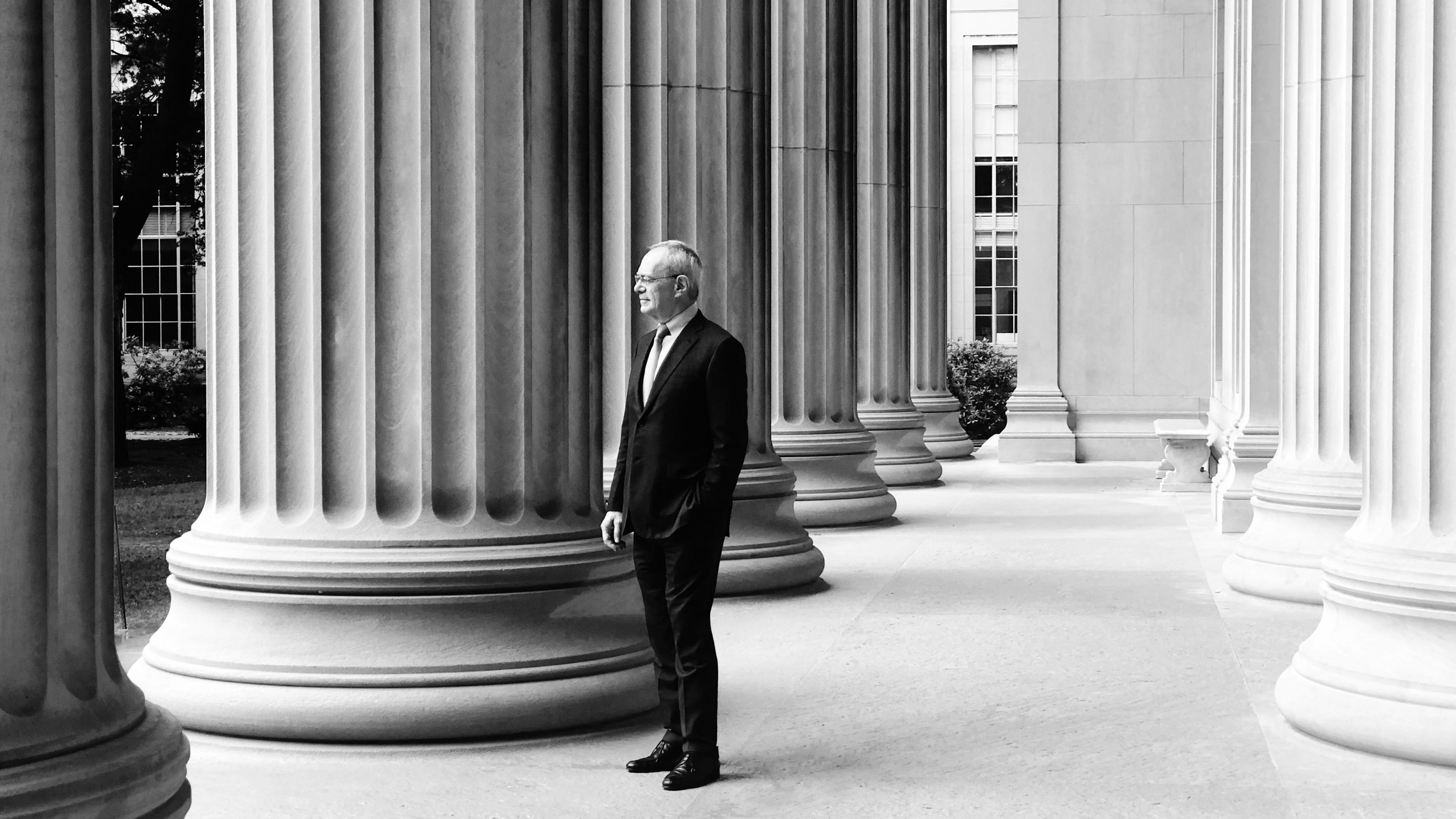President Reif will step down
His decade-long tenure reinforced MIT’s status as an engine of innovation.
L. Rafael Reif announced in February that he plans to conclude his term as president of MIT at the end of 2022 and return to the faculty following a sabbatical.
Reif, a Stanford-educated electrical engineer whose parents fled Nazi Europe for Venezuela, joined MIT in 1980 and served as provost for seven years before becoming MIT’s 17th president in 2012.
During his tenure, he catalyzed pioneering efforts to prioritize student well-being, oversaw a revitalization of the campus and neighboring Kendall Square, steered MIT safely through both political turmoil and the covid-19 pandemic, and cemented its status as one of the world’s leading centers of innovation.
This story is only available to subscribers.
Don’t settle for half the story.
Get paywall-free access to technology news for the here and now.
Subscribe now
Already a subscriber?
Sign in
You’ve read all your free stories.
MIT Technology Review provides an
intelligent and independent filter for the
flood of information about technology.
Subscribe now
Already a subscriber?
Sign in
“Thanks to the exceptional efforts and impact of the people of MIT in research, education, and innovation, the Institute consistently ranks among the very top universities in the world,” Reif wrote in a letter to the MIT community. “We can all be proud of these collective achievements.”
Among the ventures that took shape under Reif’s leadership was The Engine, a business incubator designed to support startups working on potentially transformative ideas that take time and “patient” capital to commercialize because they are based on new science. To date, it has $670 million in assets under management.
Reif also announced a $1 billion commitment to address global opportunities and challenges presented by the growing prevalence of computing and the rise of artificial intelligence. At the heart of this endeavor was the most significant restructuring of the Institute in 70 years: the creation of the MIT Stephen A. Schwarzman College of Computing, which promised to bring the power of computing and AI to all fields of study while educating students in every discipline to use those technologies to help make a better world.
EdX, an ambitious partnership between MIT and Harvard to deliver free online education to learners anywhere in the world, launched just before his presidency. It was reorganized as a public benefit company as covid-19 prompted a surge in remote learning.
Under Reif’s watch, MIT’s Campaign for a Better World raised $6.24 billion and the Institute’s endowment grew from $10.3 billion to $27.4 billion—reflecting both strong fundraising and the endowment’s spectacular investment performance.
Reif also led MIT to take decisive action to address sexual assault and mental health on campus through initiatives including the
MindHandHeart coalition. Amid the domestic political turbulence that marked the second half of his presidency, he defended the Institute’s international students and researchers against new federal policies affecting immigrants and international travel.
He also grappled with difficult and painful events, including the killing of campus police officer Sean Collier in the aftermath of the 2013 Boston Marathon bombing and the revelations that MIT had accepted donations from Jeffrey Epstein, even after his conviction as a sex offender. When the campus was forced into an abrupt shutdown by the global spread of covid-19, Reif led the Institute community to understand the need for this unprecedented disruption; then he and his team guided it through a phased reopening that helped minimize the on-campus spread of the disease.
“Rafael Reif is a pioneer whose innovations at MIT have set new global standards in research and education,” says Shirley Ann Jackson ’68, PhD ’73, outgoing president of Rensselaer Polytechnic Institute and a life member of the MIT Corporation. “He has consistently stood up for the MIT community and articulated powerfully the value of attracting talent from every corner.”
